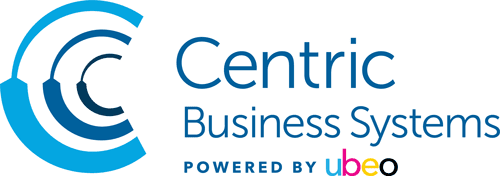8 Office Printing Policy Tips That Can Save Money
In this age of digital transformation, with more information flowing through organizations as digital files, it’s sometimes easy to forget that printing documents on paper is still happening in offices. But Quocirca’s Managed Print Landscape 2019 report shows 70% of establishments in the U.S. said paper is a very important part of their business, and the cost of this office printing can be as much as 15% of the total revenue of the firm. Here are eight office print policy tips that can be used to track, control and reduce printing expenses, building a more profitable bottom line.
- Implement an MPS solution from a trusted solution provider.
By far the most efficient policy to track and control office printing is by using an MPS solution. An MPS solution ensures there is full visibility to who is printing, what is printing, how much is being printed, and when printing occurs. Decision making can occur about who can print, what gets printed, and what actions are needed to reduce office print expenses. In many cases, an MPS solution can reduce those expenses by as much as 30%. Additionally, an MPS solution helps put in place data security policies, makes supplies ordering and management easier, and will help implement many of the other policies that follow.
- Install a print tracking method or application.
Tracking how much is printed and who is printing informs an organization of areas for possible cost reduction. There are several ways to track office printing including spreadsheets, free tracking software found online, and more sophisticated software-based solutions used in MPS. The key point is to know what is happening in the office printing environment in order to implement actions that control, manage, and reduce waste and cost.
- Require users to enter a PIN, ID and password, or use a card login to retrieve print jobs from the print device.
More than half of print jobs lie unclaimed in printer or MFP exit trays. This is not only wasteful but also a primary cause of data loss. Establishing a print policy requiring users to authenticate at the print device to release the job saves toner or ink and paper, and reduces the risk of a costly security breach.
- Default color printers to print in black and white.
Color printers make prints that are colorful — and costly. A policy in which all color printers are defaulted to print in black and white can reduce the number of “non-essential” color prints and better control color toner and ink supply costs. Users who need color prints can select the color mode in the print driver and get the essential color print when it’s absolutely needed.
- Use draft quality print modes.
Draft print mode can reduce the amount of toner or ink used usually without hurting the overall quality of the finished print. Instituting an organization-wide draft print mode default policy to all printers might be difficult; however, communicating to users the benefits of choosing draft mode helps an organization save on supplies costs.
- Print on both sides of the paper.
Defaulting all printers to print double-sided (duplex) can significantly reduce the amount of paper an institution uses. Not only does it reduce paper costs, but this policy also has a green impact reducing the amount of paper waste, carbon emissions, and deforestation.
- Print multi-pages on a sheet.
Using 2-up or 4-up printing for files that are only for reference or needed only for a short time, combined with a duplexing policy, can reduce paper and supplies cost, as well as the additional sustainability benefits listed under duplexing.
- Upgrade your print system.
It’s a good policy to review the age of the current print devices and determine if a new printing system may bring better cost control and security benefits. Print systems five years old or older are not as efficient in printing or energy consumption, nor do they have many of the security features of newer models. The cost of upgrading may well be outweighed by the additional cost-saving functions of the new system.
Whether a firm uses MPS from a trusted solution provider like Centric Business Systems or manages print costs internally, these print policy tips will help any firm control costs in a still valuable part of the business.
